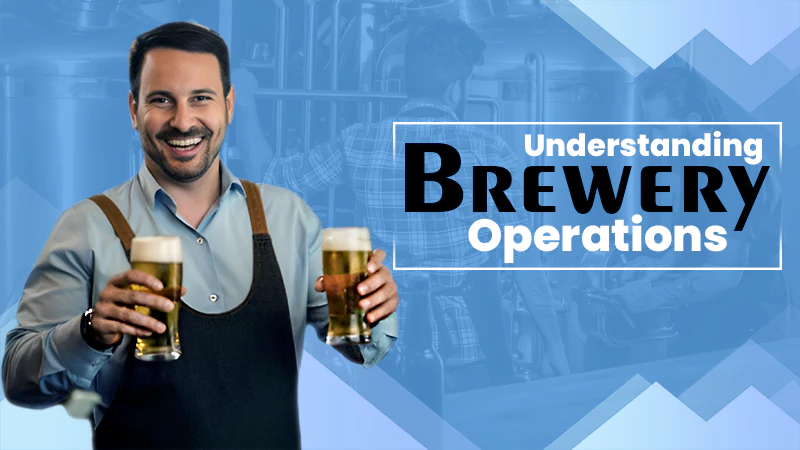What is the Difference between Credentialing and Contracting?
Are you a healthcare provider in the USA? If yes, you may come across the terms’ credentialing’ and ‘contracting.’ Without undergoing these processes, one cannot become a healthcare provider. However, even as someone in the health industry, you may be confused about these two terms. The two processes are very distinct and have different goals.
Read ahead if you want to get rid of this confusion and understand the different services you can use to reduce your stress and labor.
Provider Enrollment
It is the process of subscribing to health insurance in the USA to get included in their provider panels. Provider enrollment consists of two steps:
1. Credentialing
2. Contracting
Credentialing vs. Contracting
- What is Credentialing?
Credentialing is the verification of health care providers’ qualifications before they start their careers in the medical field or subscribe to a healthcare plan. Credentialing is needed for all instances which require verification of a provider.
It also does the job of ensuring the safety of patients who get treated by the provider. To ensure that an individual can provide the highest level of professionalism and care to patients, they are put through this stringent verification process.
The credentialing process is an essential part of the enrollment of a provider. By doing so, a provider will be a given shortlisted health care plans that fit its profile.
Yes, it’s a tough and tiring task. However, it is impossible to avoid it as long as you want to continue providing medical services in the USA and subscribe to a suitable healthcare plan.
What is Contracting?
Credentialing must be accompanied by contracting for the healthcare worker to provide medical assistance under the provider.
Once credentialing is done and approved, insurance companies will extend contracts to practitioners to include them in their providers’ list.
Establishing contracts with payers is time-consuming, especially for those who have recently joined the field. By the end of the process, you will be obliged to legal obligations through your insurer.
Healthcare providers must be aware of the details of their contracts. For instance, they must know when each contract renews or terminates, how they will be paid through it, and specific terms they must follow.
The Process of Credentialing
If you’re interested in getting medical credentialing to get included in providers pool of practitioners, have a look at what a typical process looks like:
- Submission of applications
You must provide all information related to your background. This is the part where you’ll need the most help as it’s easy to make mistakes. Some of the documents you will be asked to provide are:
- Personal information (email and postal address, phone, etc.)
- Photograph for identification
- NPI (National Provider Identifier) documents
- Letters of recommendation written by health care providers who you have worked under.
- Copies of all your licenses
- Degree, training, and internship certificates
- Work history, along with locations and declaration of all previous affiliations.
- Green card copy (applicable for non-US citizens only)
- Criminal record history (if any)
The list goes on further; however, you can get an idea of how extensive it is.
- Screening of the provider.
- Verification of all the documents
- Credentialing
- Privileging
The approval of a healthcare provider for the performance of medical tasks and procedures after credentialing is crucially important. No healthcare provider is allowed to work before the completion of this process.
If, after screening and verification, it is found that you are qualified to provide safe and quality health care services in your domain, you will be allowed to get a healthcare plan and get patient referrals.
This can be a long process that requires a lot of time from a provider. This means the time that could have been potentially spent on treating patients has to be dedicated to the procurement of documents, filling out forms, and time-consuming credentials.
Contracting Phase
In this step of enrollment, healthcare providers are provided with a contract. This will include insurance rates and responsibilities of the healthcare provider towards patients and the contract. After you negotiate on the rate and sign the contract, you will be given an “In-Network” for billing the network for services.
Your provider enrollment process is now complete.
Who Needs Medical Credentialing?
Medical credentialing is required by most healthcare providers who have a license to practice. Having a license in the USA is not enough to permit you to practice medicine. You must be granted privileges based on your credentials on all past performances.
Medical Credentialing Services
Fortunately, there are reliable and credentialing services you can trust. It will save time and give you the best possible plan suited for your needs as a provider.
It can take up to 4 months to get done with credentialing, and this long process has to be repeated around every 2-3 years. This can vary depending on the state in which you’re practicing and your payer’s policies.
Medical credentialing services will allow you to remove the burden of tasks from your everyday work life. A credential manager can take care of these tasks and complete all the needed documentation on your behalf.
Follow Us
Latest Post















